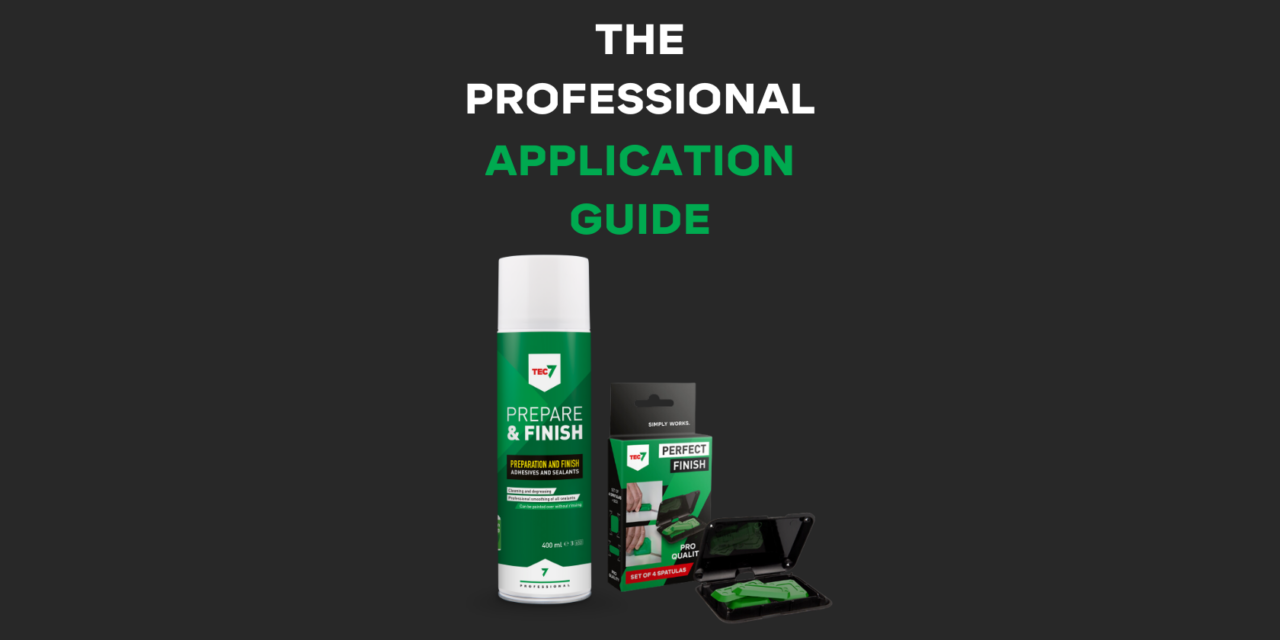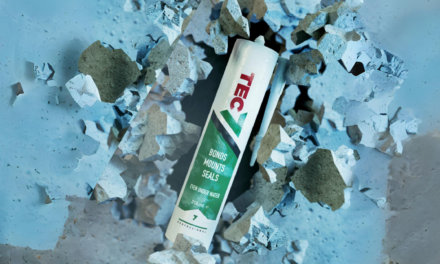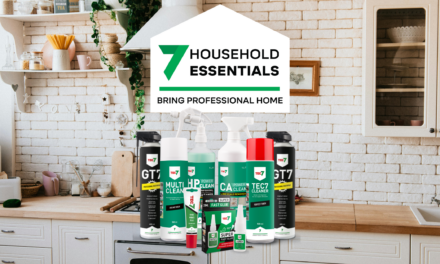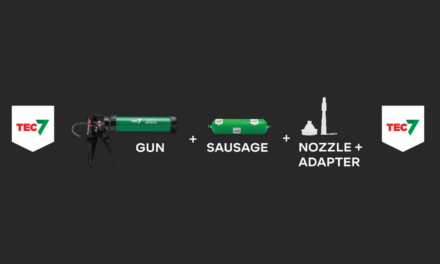How to properly seal and finish a joint to prevent mould formation
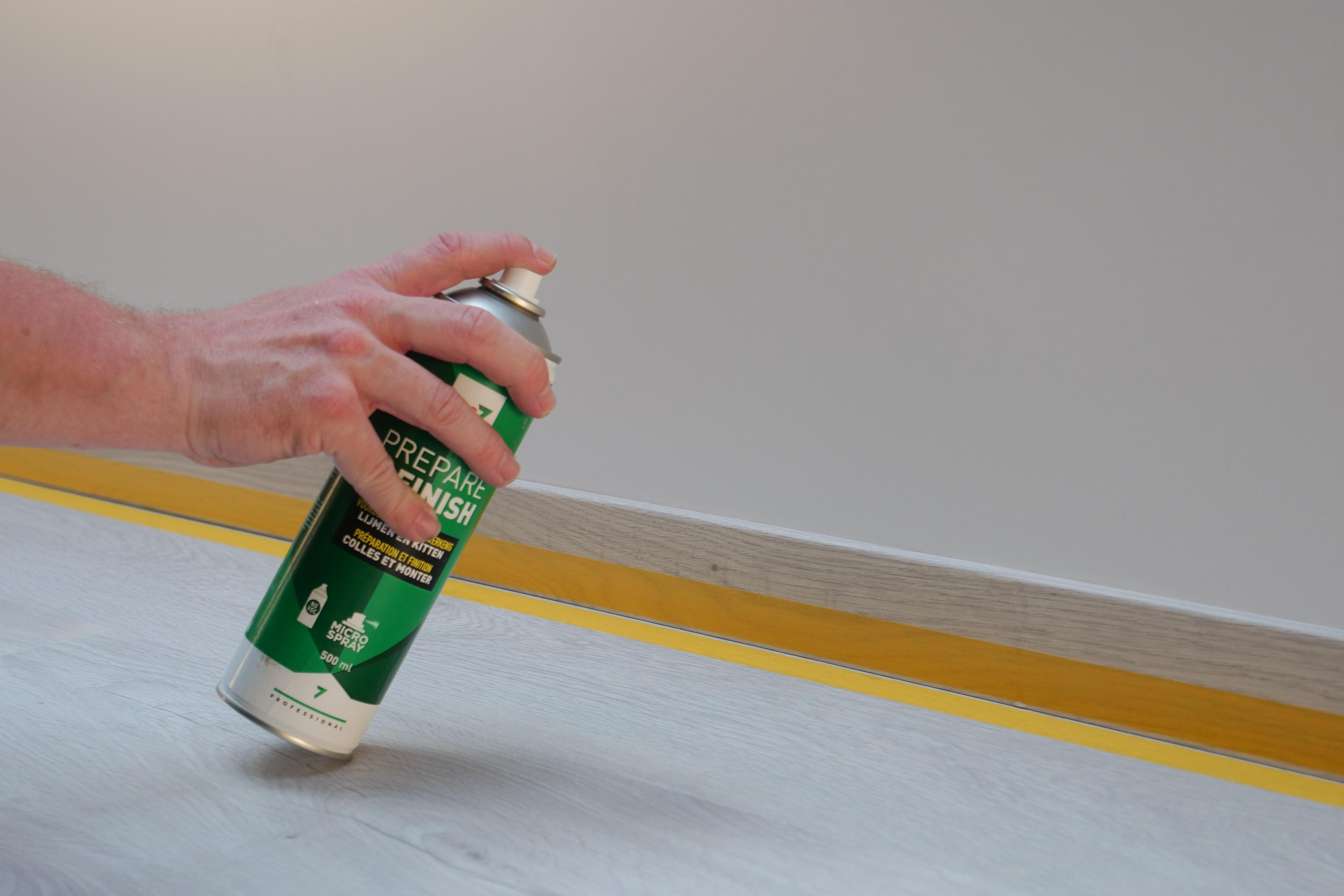
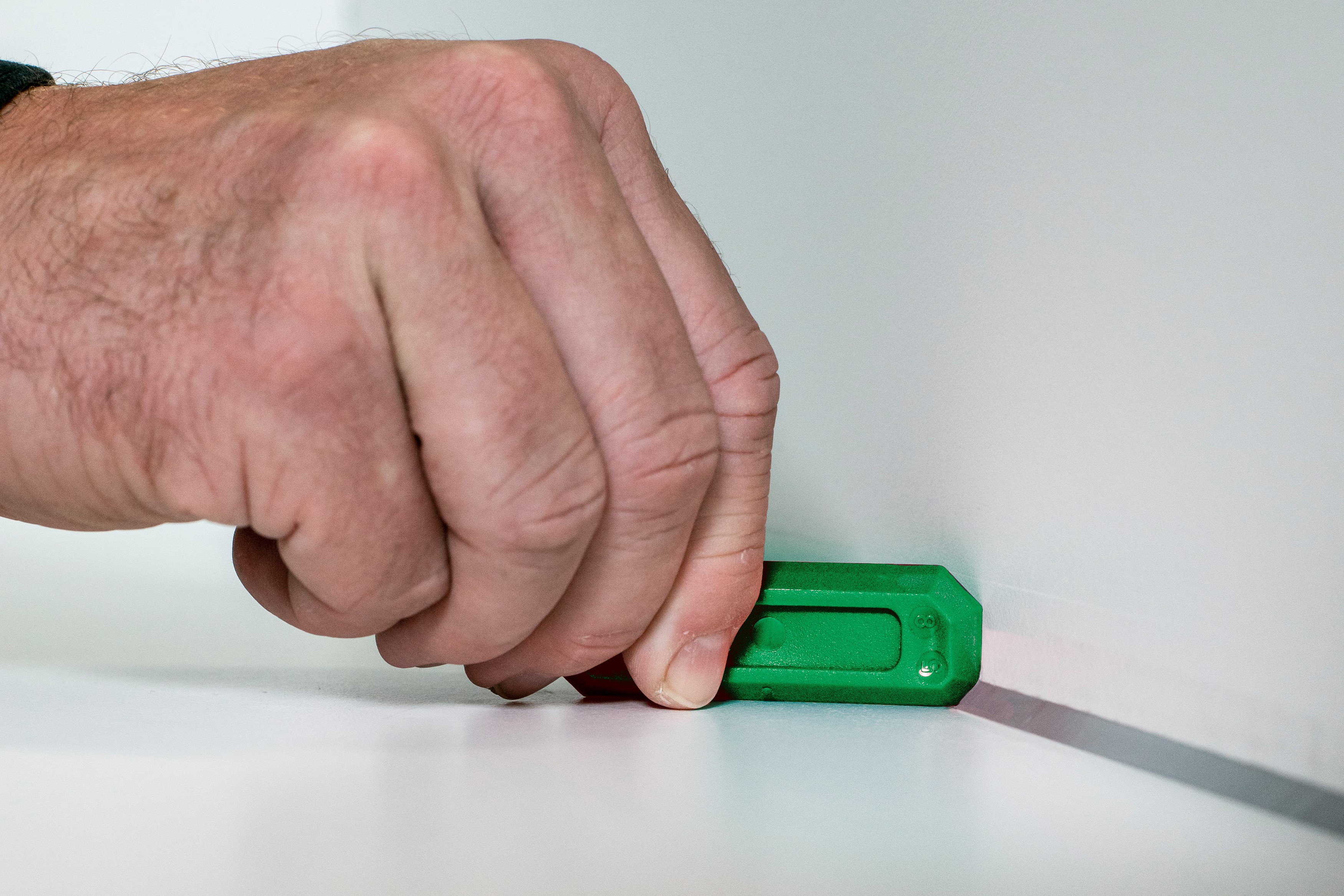
“Preparation and finishing are key
for the perfect result when gluing
or sealing with Tec7 products.”
Using professional, high-performance products such as Tec7, X-Seal or X-Tack is essential to ensure that gluing and sealing applications are completed to the highest possible standards. But the product itself is only one part of the equation. Adequate surface preparation and finishing are equally important to acheive the perfect adhesive bond, or the cleanest, most durable sealant joint.
All kinds of dirt, dust, grease and grime can prevent your product from bonding correctly to the substrate. Even minor blemishes such as fingerprints can interfere with the bonding process.
When using Tec7 or X-Tack to glue or stick, adequate preparation is as simple as using Tec7 Prepare & Finish and a clean microfibre cloth to remove light particles, grease and grime from both surfaces (heavily contaminated areas may require additional attention).
For sealing applications, there is a little bit more to it. To the right is our definitive application guide to help you maximise the performance of your sealant, and achieve a consistent, clean finish on your joints.
THE STEP-BY-STEP GUIDE TO SEALING WITH TEC7/X-SEAL
STEP ONE
Spray the application area with Tec7 Prepare & Finish. Allow the product 20-30 seconds to work, before thoroughly wiping the surface clean using a fresh microfibre cloth to prevent the introduction of any further contamination.
STEP TWO
Apply Tec7/X-Seal with your desired bead thickness to adequately seal the joint.
STEP THREE
Spray the joint with Prepare & Finish to provide lubrication for smoothing the joint to the desired shape.
STEP FOUR
Finally, use the Tec7 Perfect Finish tool to smooth and finish the joint. Work outwards from the corner moving the finishing tool along the joint in one clean movement. Selecting the appropriate shape edge and angle of tool from the Perfect Finish toolkit is essential. The angle and shape of the finish is not just an aesthetic consideration, but it will also have an impact upon the performance and durability of the joint.
The are two distinct shapes and angle of finish:
1. 45 ° angle, straight edge
This is the recommended finish for 95% of all sealant joints. It provides an attractive, clean straight edge finish which will ensure the most durable and robust joint possible.
The 45 ° straight edge will help to prevent:
- Water Pooling. This is especially important in areas such as kitchens, bathrooms, utility rooms etc. where joints come in frequent contact with water. The straight edge allows water to run off the joint which helps to prevent mould formation and staining.
- UV & Chemical Damage – Finishing with a straight edge gives the joint an even thickness. Using your finger to smooth the joint will leave a concave finish which can be very thin at the edges. These thin edges will leave the joint more susceptible to UV and chemical damage. This makes the 45 ° straight edge finish perform significantly better in areas with regular exposure to sunlight, or areas where chemical cleaning products are used.
2. Rounded, decorative edge
The Perfect Finish toolkit also contains rounded edge tools for more decorative joints. This can be used in cases where a rounded, decorative finish is desired for aesthetic considerations, but this finish is only suitable for dry indoor areas with limited exposure to UV and cleaning chemicals.
STEP FIVE
Coat the joint with one more spray of Prepare & Finish. This will help accelerate skin formation and speed up the curing process.
PRO TIPS
– NEVER lick your finger and run it along the bead to finish the joint. Doing so poses a risk of introducing
more bacteria from both your mouth and your finger.
– PERFECT FINISH and PREPARE & FINISH are suitable for preparing and
finishing joints with all sealants.
– PREPARE & FINISH is water based, pH neutral, VOC free, non-toxic, biodegradable, propellant free and
therefore safe for use on all materials.
– The PERFECT FINISH tools are made from durable silicone which allows
cured sealant to be removed with from the tool with ease.

